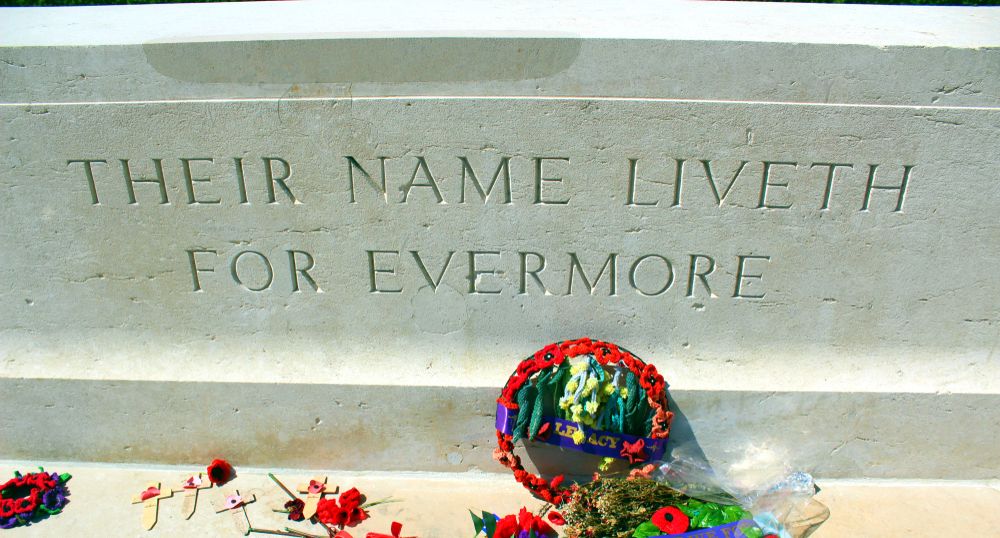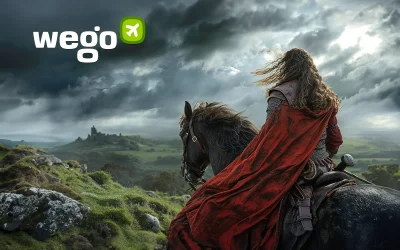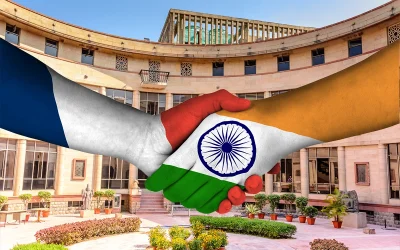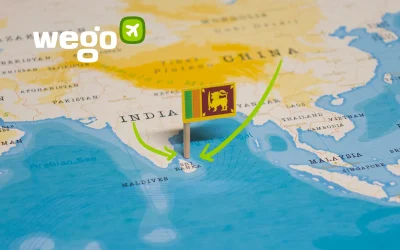Australia has been on my mind lately. Likely because I recently completed my bachelor’s degree, and I find myself thinking back to what I did before entering university. I am not Australian, but I spent almost six years in Brisbane, studying at a private girls’ school and nurturing my love for history among other subjects. I eventually decided to major in literature, but learning about the past will never lose its allure for me.
Around eight years ago, I went on a school trip to Europe as part of my history curriculum. It was a learning trip, and our teachers emphasised that much. But for many of us excited students, this was our first time on European soil, and I think we all (teachers included) not so secretly thought of the trip as a holiday of sorts.
We covered France, England and Germany over a period of three weeks. At the British Museum, I saw treasures I had thus far had only read about: the Rosetta Stone, the Parthenon Marbles, Egyptian mummies, and so many other beautiful things to a girl who recently declared herself a future historian. We visited other sites of interest too—the Big Ben, Shakespeare’s Globe, Christmas Markets in Cologne, towering cathedrals and basilicas in Paris, the Eiffel tower—all these experiences I had loved and more.

Looking back, I wish I had kept a travel diary, or recorded my days in some other form. All my photos perished when my external hard drive broke. Besides a handful of images I uploaded to an old Facebook album, I only have my memories left. I don’t know if I even remember specific sites in themselves. Sometimes a flash of colour or even a single word could trigger a memory of the day I first saw snow or line from a conversation with a once best friend.
Even then, most of these memory-made images are blurry around the edges, like diluted water-coloured landscapes feathering to a smudge. The same image crinkled dry can hardly be an accurate representation. I’m learning day by day that I don’t necessarily need to remember how a place looked, only how it made me feel.

The sun shone brighter than it had in a while on the day we drove to the north of France. Our destination was the Villers-Bretonneux Australian war memorial at Amiens. I had never visited a war memorial in my life, never heard of any distant relative who died in any war. While I learned about Australia’s involvement in the famous Battle of the Somme during World War I, and we all had to watch Mel Gibson star in the 1981 film as an idealistic young soldier on the Gallipoli Campaign, my understanding of war was cerebral, not visceral.

The first thing I did upon reaching the memorial was to lament the state of the sky internally. The sun’s warm glow had dissipated, giving way to a drizzle, and the clear blue skies from the morning had turned murky and streaked with grey. The grass was still the most vivid green, though, and the tombstones flanking the central tower stood out like rows upon rows of polished teeth. I remember shuddering, whether from the cold or the sight of graves I no longer remember. All I could think about was how every single tombstone marked a fallen body, and there were so many.

© Andy Bailey
I loved Australia, and my affection for her and her people only grew year by year. Nonetheless, as I stood in front of the memorial walls etched with thousands of names, there lingered a feeling of being out of place, of trespassing somehow on a site not meant for me. Next to me, an older woman wept with her hand on the name of who I assume was her distant relation. There I stood among the fallen dead of a country not my own, and a history and people I cherished and respected but had no ties of blood or kinship with.
Besides the howling wind, the rest was silence. We all went our way, walking up and down the rows of graves. The rain fell in heavier droplets now, but none of us seemed to mind. Most graves were marked with the soldier’s name, his battalion and a verse from the Bible. But there were others had with nothing but a cross and the words “Known Unto God” etched on their tombstones.

Up until then, I knew war from museums and movies and from listening to my Grandmother’s stories of her childhood under Japanese rule. Yet these were abstract, ungrounded concepts to me. My teacher would inadvertently weep when speaking of family members she’d lost in various war, and I would sit in class, stony-faced and nonchalant, cringing at the footage we were made to watch, awkward in my ignorance and averting my eyes when the battles started on screen. But in front of that fallen soldier whose name I shall never know, I wept.
Known unto God. I found the unyielding finality of those words profoundly moving. How could we not know their names? A person’s name is his most basic form of identity; it is the first gift we are all bequeathed upon entering the world. War had stripped even that from the fallen unknown. What must his remains have looked like that even his name is lost to us? I had wondered. Whose son or brother or husband lies under my feet?
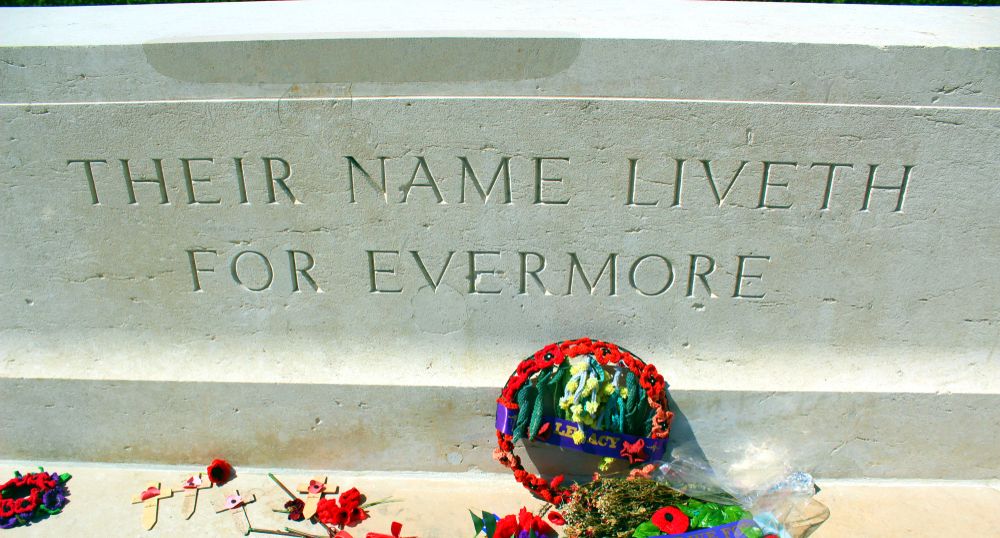
To visit a memorial is to visit a place where humility comes before opinions on the tragedies or glories of war. Here, patriotism comes second to camaraderie between countries and friendships between individuals. There was no room for cowering or emotional detachment when confronted with the countless graves of those who died in service to their country.
Some people mention feeling a sense of peace at cemeteries. If anything, I always found that notion strange as I associated such places with unsettling eeriness more often than not. Despite knowing that dead men slept beneath the ground, the solemnity of the memorial at Villers-Bretonneux carried with it a certain air of grandeur. I learnt then that to love a country well was to know its history well. And such histories required an understanding of the sacrifices made by those who paid with their lives.


